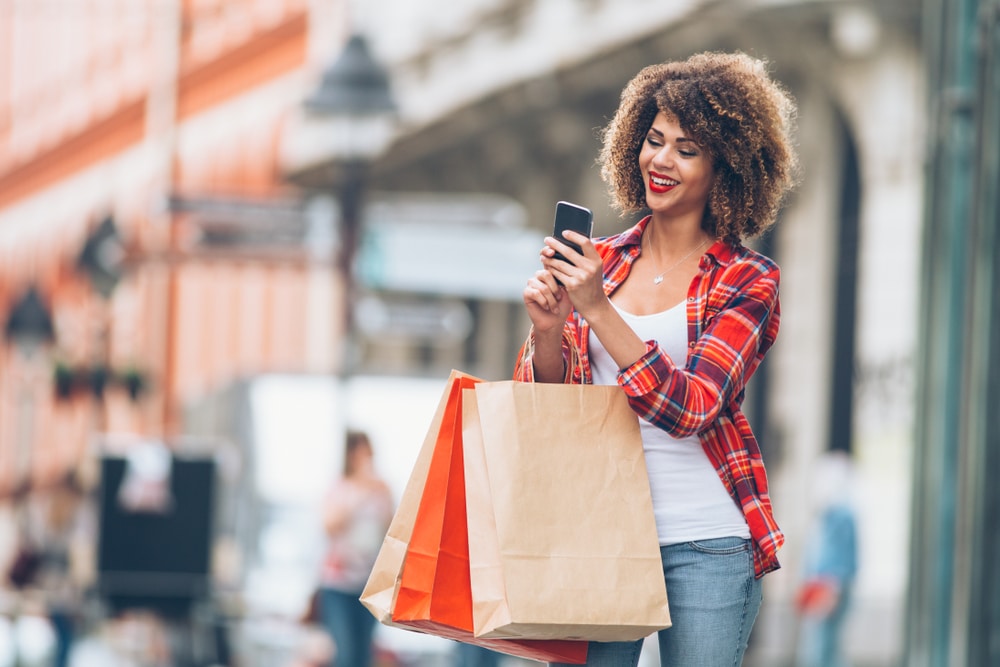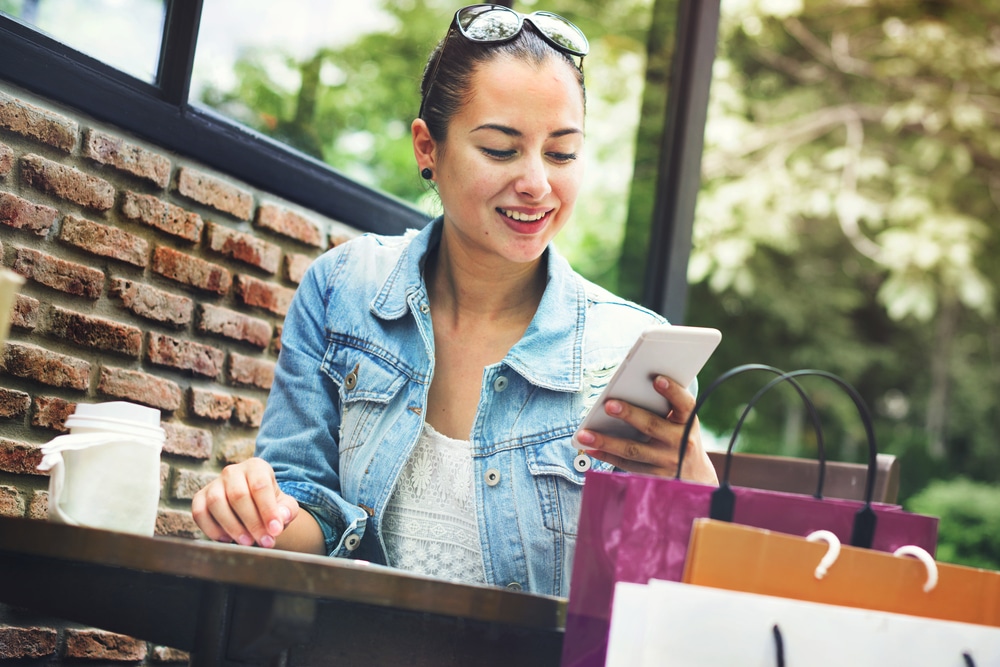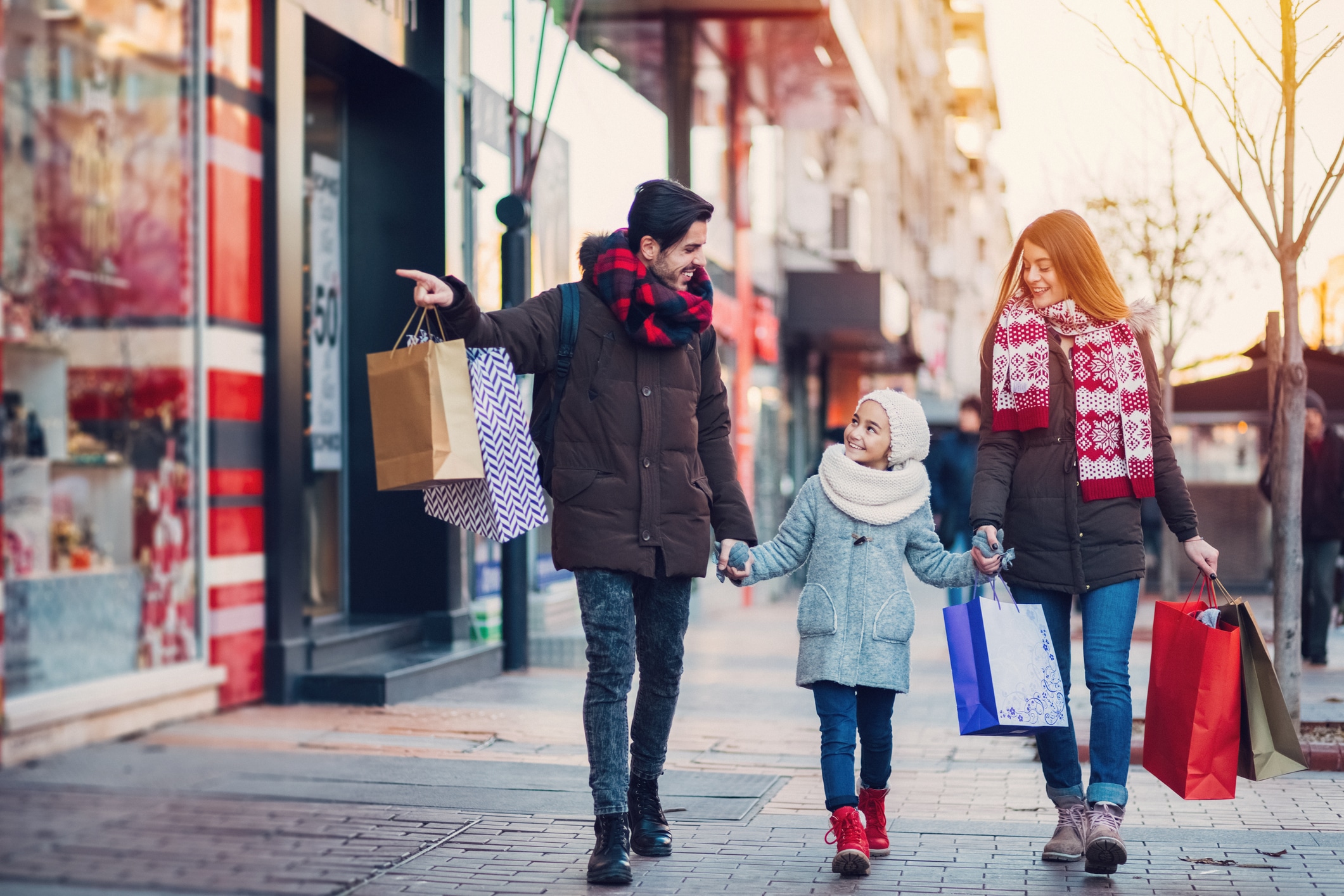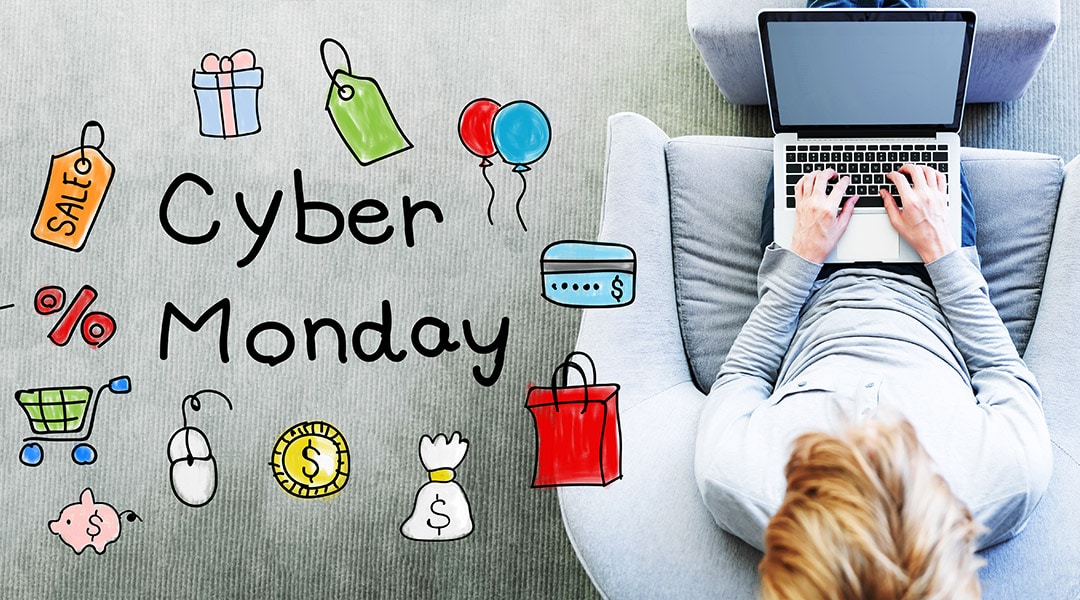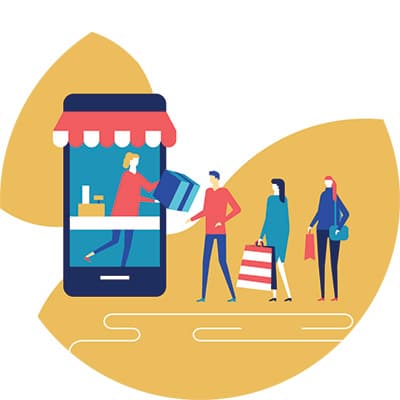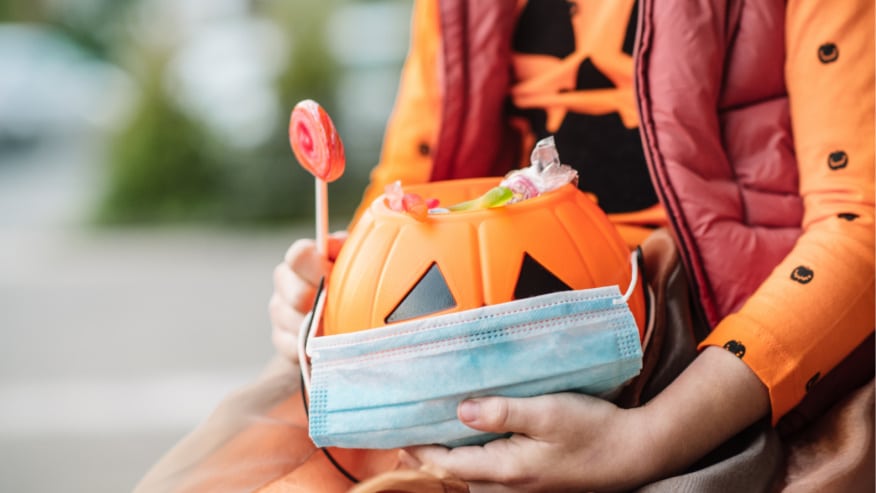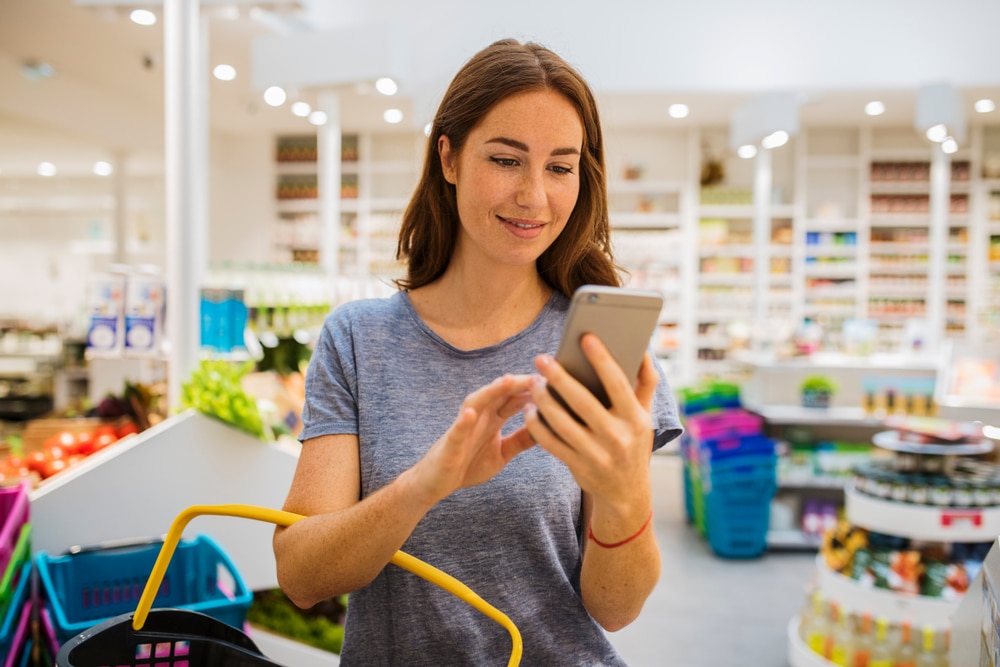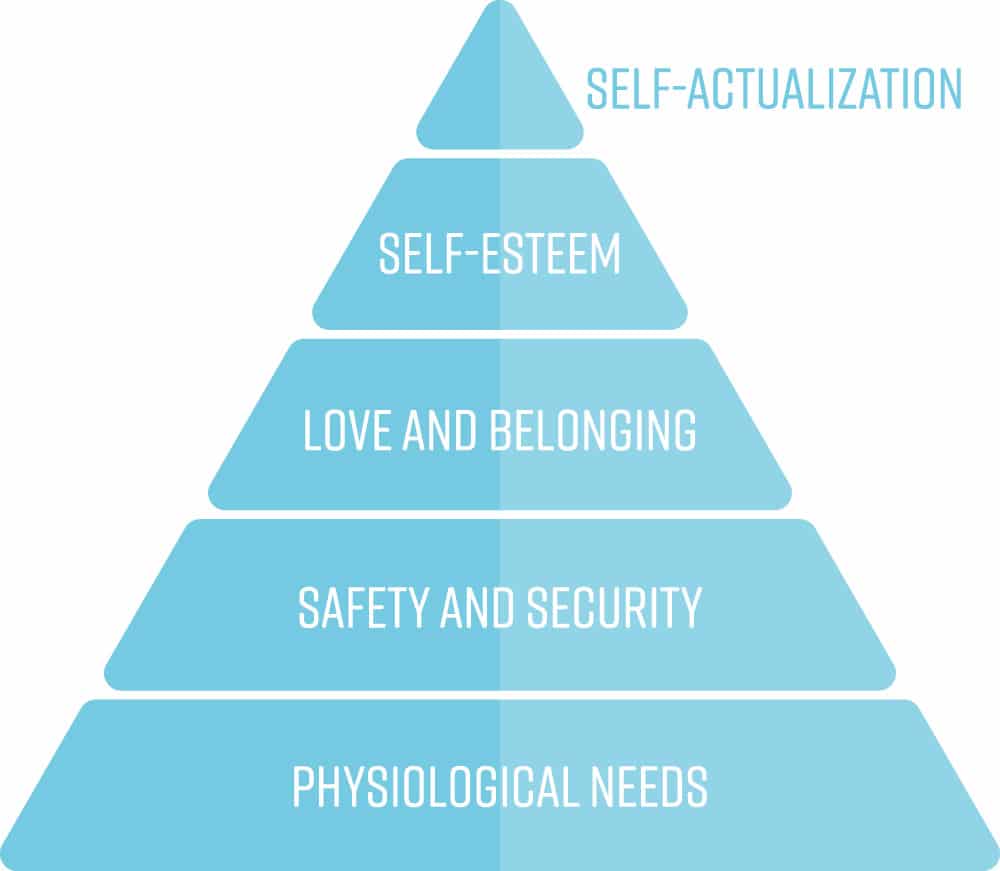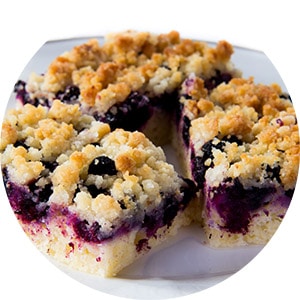Today’s consumers are no longer confined to sitting at home on a desktop computer when conducting research. Continue reading “Mobile shopper marketing: How to reach shoppers on-the-go”
Category: b2b
CPG loyalty programs: Overcoming the challenge of loyalty fatigue
When it comes to CPG loyalty programs, you would normally think “the more the merrier,” right? Continue reading “CPG loyalty programs: Overcoming the challenge of loyalty fatigue”
Inaugural 10.10 Shopping Festival to Deliver the Holidays to American Consumers
Coresight Research partners with Shopkick’s Shopper Appreciation Weekend and Fashwire to launch new shopping holiday and get consumers acting early.
Coresight Research, the global research and advisory firm specializing in retail and technology, Shopkick, and Fashwire, an AI driven two-sided B2B and B2C global fashion marketplace, today announce the 10.10 Shopping Festival, a new shopping holiday to engage American consumers and revitalize retail.
As COVID-19 continues to upend all aspects of the retail environment, and the economic toll on consumers weighs on, this new annual festival is designed to increase revenue for merchants and reward shoppers with savings for crossing off their lists early, all while supporting the lifesaving mission of St. Jude Children’s Research Hospital®: Finding cures. Saving children.®
On 10.10 (Oct. 10), and throughout the Shopper Appreciation Weekend (Oct. 9 – 11), shoppers will earn major rewards in the form of ‘kicks’ (Shopkick’s rewards currency) for visiting and purchasing from participating retailers and brands, both online and offline.
Fashwire is extending a special offer for its 300+ brand partners to be part of the festival.
“Shopping festivals, like Alibaba’s Singles’ Day in China, are a huge trend that have since expanded globally,” said Deborah Weinswig, founder and CEO of Coresight Research. “Our research shows that most consumers plan to holiday shop earlier than ever this year, providing the perfect opportunity to launch the 10.10 Shopping Festival to support retailers in their efforts to keep up with demand now and through the entire holiday season.”
In the spirit of giving, Shopkick will match 5 percent of all “kicks” (reward points) earned throughout the weekend and donate the monetary value to St. Jude, a leading research hospital to help in the organization’s efforts to find treatments for patients with childhood cancer and other life-threatening diseases. Shoppers can redeem their kicks for free gift cards to their favorite retailers, like Target, Walmart, Amazon and many more, for even bigger savings in time for the holidays. Additionally, beginning October 1, 2020 until October 12, 2020, Fashwire will donate $0.50 for every download of the app (App Store and Google Play) to St. Jude.
“We’re thrilled to thank our loyal users by offering big kicks throughout Shopper Appreciation Weekend, and to partner with Coresight Research to make the 10.10 Shopping Festival a reality for shoppers across the country,” said Dave Fisch, general manager of Shopkick. “By rewarding consumers throughout the entire online and in-store shopping experience, we hope to make it that much easier to check off all of their holiday needs, while also offering a chance to give back to a worthy cause.”
“The core DNA of the Fashwire platform is to create connectivity between consumers and retailers. The 10.10 Shopping Festival speaks to just that,” said Kimberly Carney, Fashwire Founder and CEO. “As founders we wanted to create something revolutionary, innovative and accessible for both our brands and the consumer while being philanthropic simultaneously. We have taken all of the current market passion points and aligned them with a modern virtual experience that will allow consumers to shop covetable season must-haves early while giving back.”
Looking ahead, Coresight Research envisions the 10.10 Shopping Festival becoming a major U.S. shopping event. The festival will include broad participation from leading omnichannel and direct-to-consumer retailers that will provide consumers with discounts of 25 percent or more off popular products. To participate in the 10.10 Shopping Festival, download Shopkick on your iPhone or Android.
For more information on the event, visit http://1010shoppingfestival.com
6 effective Cyber Monday tips for retailers
Halloween Lives On: Americans Hit the Stores this Spooky Season
Shopkick survey finds big box will win shoppers’ dollars; majority of parents will allow their children to trick-or-treat this year
Whether it be decorating the house, carving pumpkins, watching seasonal favorites, or handing out candy to trick-or-treaters, plans for this year’s Halloween festivities appear spookily similar to years’ past, despite the pandemic. Turns out, most consumers (84 percent) will shop in-store to purchase costumes, candy and decor. Even more surprisingly, 55 percent of parents said they will allow their children to go trick-or-treating this year.
Shopkick surveyed more than 13,000 people to see how they plan to participate in this Hallows’ Eve.
Halloween Headlines:
- Tricky Treating:
- Although CDC advises against it this year, 55 percent of parents say they will allow their children to go trick-or-treating. Of all parents, millennials are most likely to allow trick-or-treating (65 percent), compared to Gen Z parents (51 percent) and Gen X parents (51 percent). Additionally, parents from states with some of the highest COVID-19 infection rates, like Florida (50 percent), Texas (49 percent) and California (33 percent), are less likely than parents from states with some of the lowest rates, like Colorado (67 percent) and New Jersey (59 percent), to allow their children to go trick-or-treating this year.
- In-Store Wins Halloween: This year consumers plan to shop in-store for their Halloween goodies. More consumers will head to big box stores for purchasing candy (49 percent), costumes (48 percent) and decorations (43 percent).
- Costume Craze: Of the 46 percent that plan on purchasing costumes either for themselves or their children this year, 73 percent will buy them in-store at big-box retailers (48 percent), a Spirit Halloween store (32 percent), or a party store (9 percent). The majority of shoppers purchasing their costumes online will do so on Amazon (57 percent). Nearly twenty percent of parents will not buy new costumes for their kids, instead opting to re-wear something they already have.
- Spooky Spending: Despite the pandemic, the majority of those surveyed (56 percent) will spend the same amount of money celebrating Halloween as they have in the past. When it comes to candy, 47 percent plan to spend up to $20 and 40 percent plan to spend between $21 and $40. Just 10 percent plan to spend between $41 and $60. For costume-wearers, 44 percent will spend between $21 and $40 on their look, followed by 23 percent who plan to spend between $41 and 60, 18 percent who plan to spend $20 or less, and 15 percent who will spend over $61.
- Candy Cravings: When asked what kind of candy consumers will purchase, most say anything with chocolate (88 percent). The second most popular candy is chewy/fruity (42 percent), followed by caramel (40 percent), lollipops (37 percent), sour gummies (36 percent), candy corn (28 percent), taffy (25 percent) nut-filled (20 percent) and gum/mints (12 percent). Most shoppers will purchase fun-size variety bags (83 percent) rather than full-size candy bars (23 percent).
- Chocolate over Carrots: Although sweets and treats are viewed most favorable on Halloween (71 percent), 29 percent of consumers say they will opt for healthy alternatives like carrot snack bags, toothbrushes, or trail mix.
- The Sooner the Sweeter: The vast majority (93 percent) of consumers purchasing candy will do so in-store, most popularly at big-box stores (49 percent) or grocery stores (29 percent). Of those, 55 percent plan to make their candy purchases in early October, followed by 26 percent the week before Halloween and 3 percent the day of.
- Pumpkin is King: When it comes to spooky decor, the majority of shoppers (85 percent) say pumpkins are the most essential, followed by Halloween lights (60 percent), Jack-o’-lanterns (57 percent), spiders and spider webs (52 percent), skeletons (45 percent), tombstones (27 percent), animatronics (12 percent), and, lastly, fog machines (10 percent).
- Halloween at Home: When asked how they plan to celebrate Halloween at home this year, the majority of consumers plan to participate in all the usual ways. The most popular activities include decorating the house (39 percent), carving pumpkins (31 percent), having a Halloween movie marathon (27 percent), and staying home and giving out candy to trick-or-treaters (26 percent).
To learn more about how Shopkick can help you drive sales this Halloween, send us a note partners@shopkick.com.
Shopkick conducted a survey of 13,852 consumers across the country to gain insights into their Halloween plans. The survey was conducted online from September 9 – 14, 2020.
Back to school marketing: COVID-19’s impact on your omnichannel strategy
During a regular season, back-to-school spending tends to taper off in September. Continue reading “Back to school marketing: COVID-19’s impact on your omnichannel strategy”
Customer retention in retail: How to maintain customers in a recession
When the economy takes a hit and shopping habits are consequently disrupted, retailers will rely more than ever on their most loyal shopping base. Continue reading “Customer retention in retail: How to maintain customers in a recession”
How to improve your brand awareness campaign with mobile marketing
Mobile shoppers have proven to be a valuable market both online and offline. Continue reading “How to improve your brand awareness campaign with mobile marketing”
3 proven retail marketing campaign ideas that are exceptionally effective
Understanding the importance of personalization in online retail
Consumers know there is fierce competition for their dollars, so why shouldn’t brands and retailers cater to their preferences and needs?
Continue reading “Understanding the importance of personalization in online retail”
Discover the 3 benefits of mobile marketing in retail
‘Tis the Season: Consumers Will Turn Online to Holiday Shop During the Pandemic
Shopkick survey finds majority of holiday shoppers will make more online purchases than usual, but many plan to host normal holiday gatherings.
While 2020 has been a year full of change, one familiar feeling is setting in — the holiday season will be here before we know it. With states shutting down for a second time due to an uptick in COVID cases, more consumers plan to shop online (a 16 percent increase compared to last year), but nearly half (45 percent) expect to host the same amount of friends and family at this year’s holiday gatherings.
Shopkick surveyed nearly 17,000 American consumers to gain insight on when, where and how they will be shopping this holiday season. The survey uncovered how much shoppers plan to spend, and how they think the current health and economic crises will impact their behaviors.
Key findings include:
● Online Occasion: While online shopping is beloved by many year-round, it will be especially useful this holiday during the pandemic. The majority of shoppers (67 percent this year vs. 51 percent in 2019) expect to make their holiday purchases online to avoid crowds and exposure. Of those shopping online, 65 percent plan to purchase gifts via Amazon, followed by big box retail sites like Target.com and Walmart.com (18 percent), and department store sites like Macys.com and Kohls.com (six percent).
● Amazon and Etsy and eBay, oh my: For those planning to shop at online-only retailers, 72 percent plan to find gifts on Amazon, followed by Etsy (56 percent), eBay (43 percent), Wayfair (39 percent), and Overstock (32 percent).
● Spend Trend: Sixty-three percent expect to spend a similar amount of money as last year on their holiday shopping (ranging from $301 to $600), however, 23 percent expect to spend less than last year. Meanwhile, 14 percent expect to spend more.
● Add Free Shipping to the List: Last year, low prices were the most important incentive for shoppers, but with more shopping online this year, the majority of consumers (54 percent) are most incentivized by free shipping. Just 24 percent believe low prices are most important.
● BOPIS with a Bow: With the help of “buy online, pick up in-store” (BOPIS), making holiday purchases is more convenient than ever. Just 17 percent of consumers say they will not be taking advantage of BOPIS this year, compared to nearly half (44 percent) who say they will.
● More Clothes, Fewer Toys: This year, 25 percent of gift-givers plan to spend most of their budget on apparel, beating out last year’s top category – electronics. Following closely behind, 21 percent plan to spend most of their budget on electronics, toys and video games.
● Early Bird Gets the Gift: Shoppers are still itching to cross off their holiday lists early this year. With nearly identical results to 2019, 34 percent plan to get their shopping done before Thanksgiving, 27 percent plan to shop between Black Friday and Cyber Monday and 17 percent expect to shop on Black Friday.
● Gifts and Gatherings: Considering the surge in COVID-19 cases, it is no surprise that nearly 50 percent of Americans plan to host fewer friends and family at this year’s holiday gatherings. However, 45 percent of Americans expect to host the same number of people, with five percent even planning for larger holiday celebrations.
“As the most important season for retail quickly approaches, there is rising concern about the impact the COVID-19 crisis could have on consumer shopping behaviors,” said Dave Fisch, general manager of Shopkick. “Our data shows that holiday shoppers are already preparing for the season in new ways. With less of a focus on the experiential holiday activations that have dominated years past, brands and retailers must step up their omnichannel and e-commerce capabilities to be successful through the end of the year and beyond.”
To learn more about how Shopkick can help you reach consumers wherever and whenever they’re shopping this holiday season, get in touch at partners@shopkick.com
This survey was conducted between June 25 and July 1, 2020.

